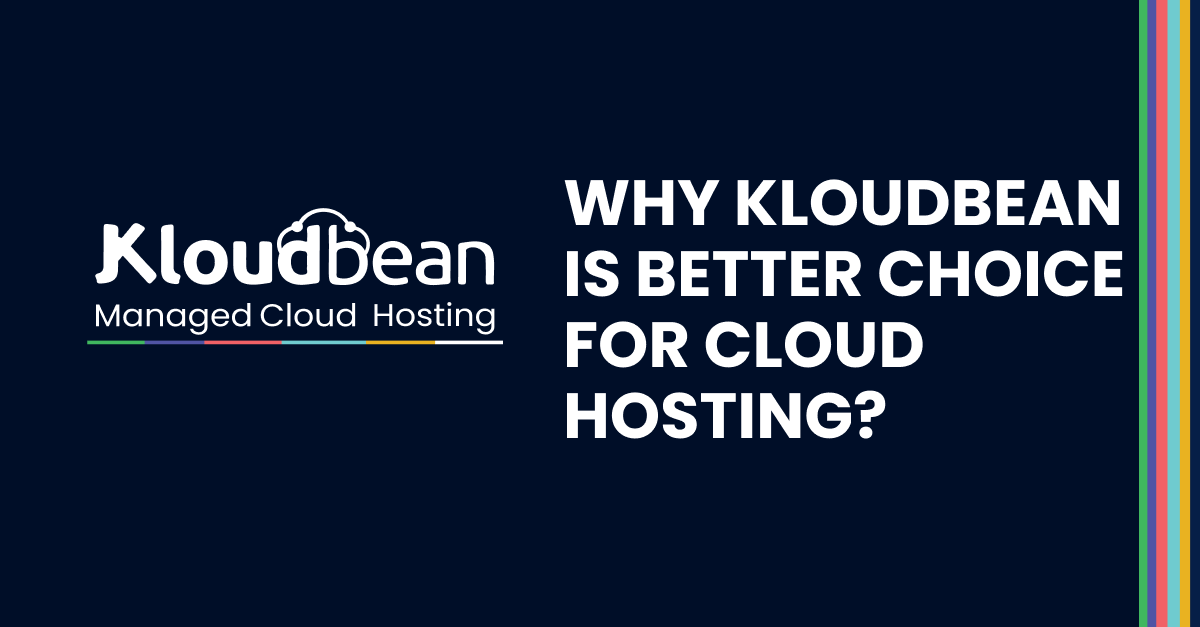In today’s digital landscape, cloud hosting platforms have revolutionized the way businesses operate, offering unparalleled flexibility, agility, and scalability. However, with these advantages often come hefty price tags that can quickly spiral out of control if not managed properly. As someone who has navigated the turbulent waters of cloud cost optimization, I’ve learned valuable lessons that could help you strike the right balance between leveraging the power of the cloud and maintaining a financially prudent approach.
The Allure and the Pitfall
The evolution of cloud hosting platforms has undoubtedly brought about significant advantages, such as rapid speed-to-market, out-of-the-box functionality, and seamless scalability. However, as the invoices for these services start rolling in at the end of each month, a nagging question arises: “Is it all worth it, or were we better off without these advantages?”
The truth is, cloud hosting providers are businesses designed to generate revenue. Whether it’s AWS, GCP, Azure, or any other platform, their primary objective is to solve customer problems while ensuring a steady stream of income. They continuously innovate and introduce new service offerings, enticing customers to embrace their ecosystem – a strategy that often leads to high switching costs and customer lock-in.
The Journey to Cost Optimization
As the engineering lead for a mid-sized startup company based in India, I had to grapple with the challenges of cloud hosting for our digital commerce and omni-channel SaaS platform. Initially, we made the mistake of expending a substantial amount of money on AWS without fully understanding the intricacies of cost optimization. However, through a partnership with a knowledgeable account manager (a rarity in the industry), we embarked on a journey that ultimately led us to reduce our costs by a staggering 80% within nine months.
Lessons Learned: Strategies for Cost Optimization
Throughout our journey, we gleaned valuable insights that can help you navigate the complexities of cloud cost optimization. Here are some key strategies to consider:
Right-sizing and Reserving Instances:
Carefully determine the appropriate instance size (CPU, memory, storage) for your systems based on scientific analysis, rather than relying on gut instincts or random selections. Additionally, leverage reserved instances judiciously, as they can provide significant discounts but also carry the risk of locking you into specific hardware configurations.
Optimizing Auto-scaling Policies:
Tailor your auto-scaling policies to the unique characteristics of each application or system in your stack. Consider factors such as the metrics driving the scaling (CPU, memory, I/O), and strike the right balance between scaling out and scaling in to avoid unnecessary downtime or excessive hardware costs.
Evaluating Out-of-the-Box Services:
While the convenience of out-of-the-box services (e.g., RDS, ElastiCache, Lambda, Kinesis) can be tempting, it’s crucial to assess their cost-effectiveness against alternative approaches. Don’t fall into the trap of adopting these services without considering their long-term implications, including potential vendor lock-in.
Embracing Container Technology:
Implement a container-based deployment strategy, such as Docker and Kubernetes, to achieve high server density and optimize resource utilization. While the initial setup may be complex, the long-term cost efficiencies can be substantial.
Optimizing Application Code:
Ensure that your application code is designed and developed with resource optimization in mind. Choosing appropriate algorithms, design patterns, and integration strategies can significantly reduce hardware resource demands.
Governance and Discipline:
Establish strict governance policies to prevent engineers from assuming an infinite supply of hardware resources. Implement measures to monitor and control the spawning of new instances, especially in non-production environments, and discourage the practice of throwing hardware resources at application or code problems as a quick fix.
Differential Approach for Production and Non-Production: Evaluate the necessity of using the same services and configurations for both production and non-production environments. In some cases, it may be more cost-effective to use alternative solutions for non-production environments, such as self-hosted database clusters instead of managed services like AWS RDS.
Embracing a Holistic Approach
Achieving true cloud cost optimization requires a holistic approach that combines technical strategies with organizational discipline and governance. By implementing the strategies outlined above and fostering a culture of cost-consciousness within your engineering team, you can harness the full potential of cloud hosting while maintaining financial prudence.
Remember, cloud hosting can be a double-edged sword – a boon when managed effectively, or a black hole that drains your resources if left unchecked. Mastering the art of cloud cost optimization is the key to unlocking the true power of the cloud while ensuring long-term sustainability for your business.

